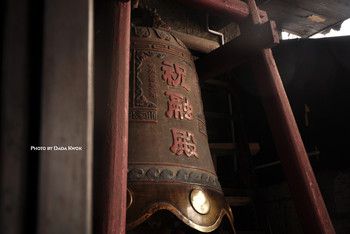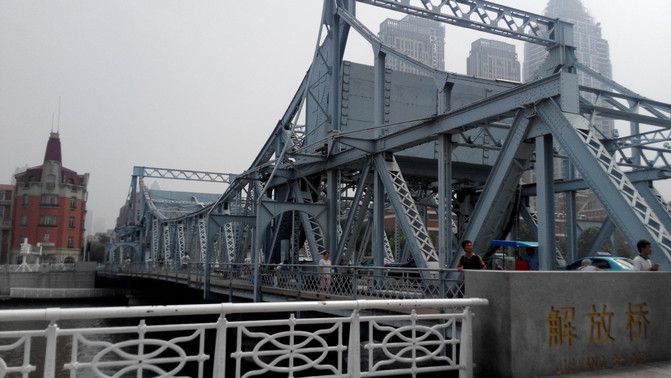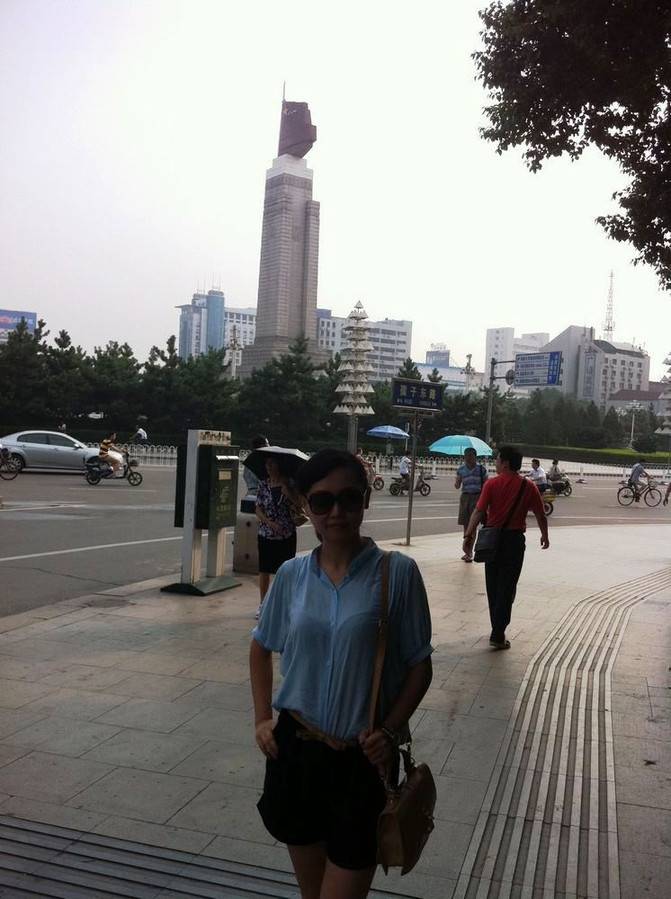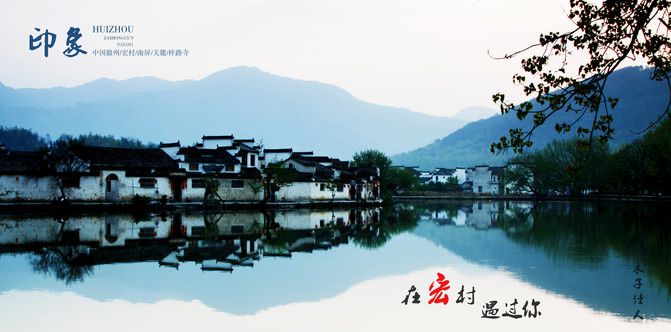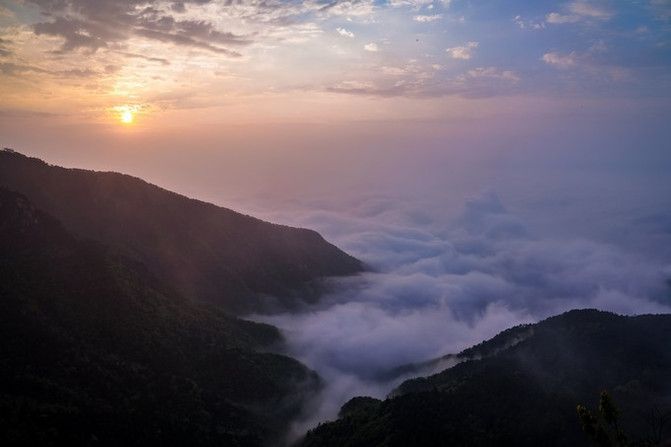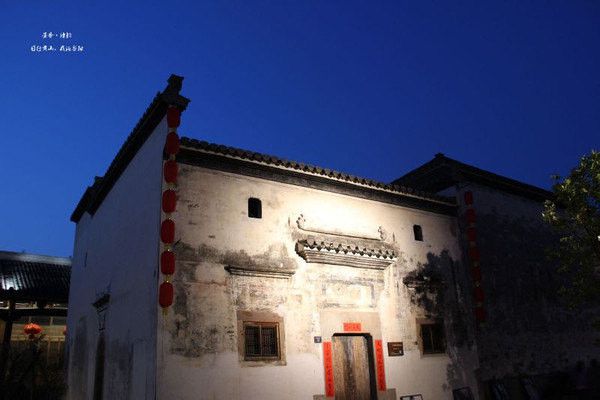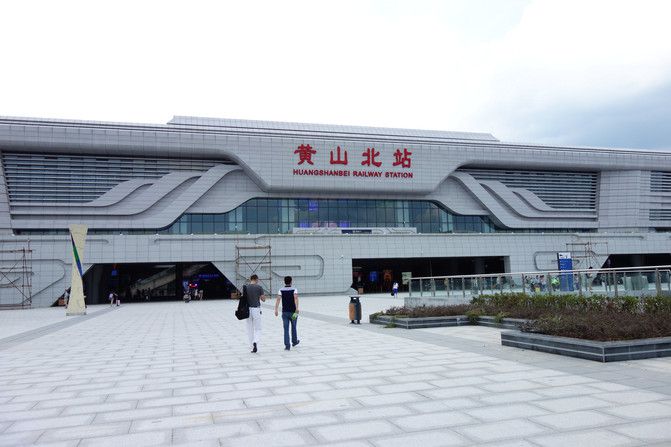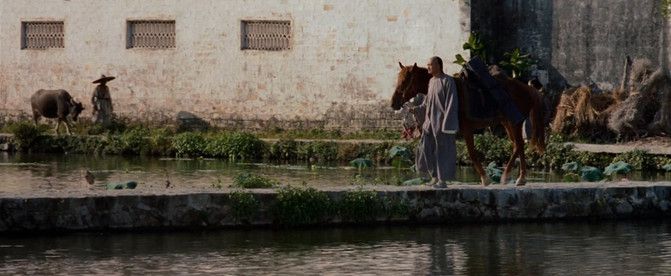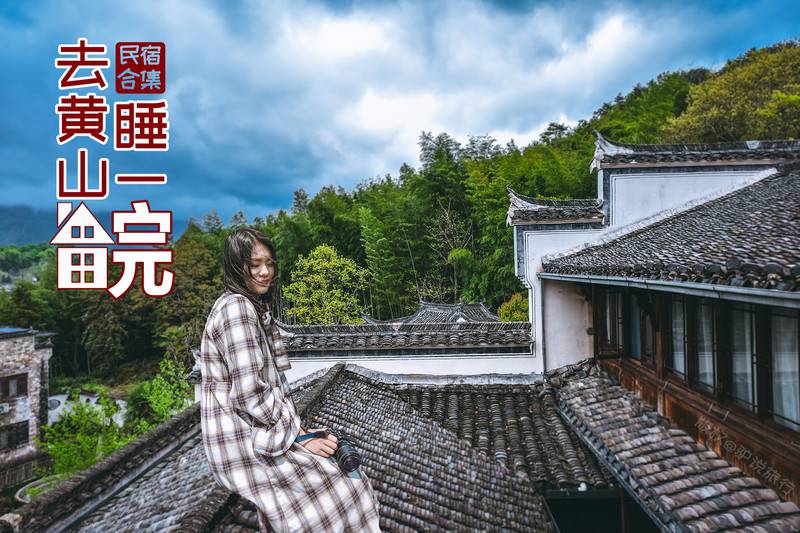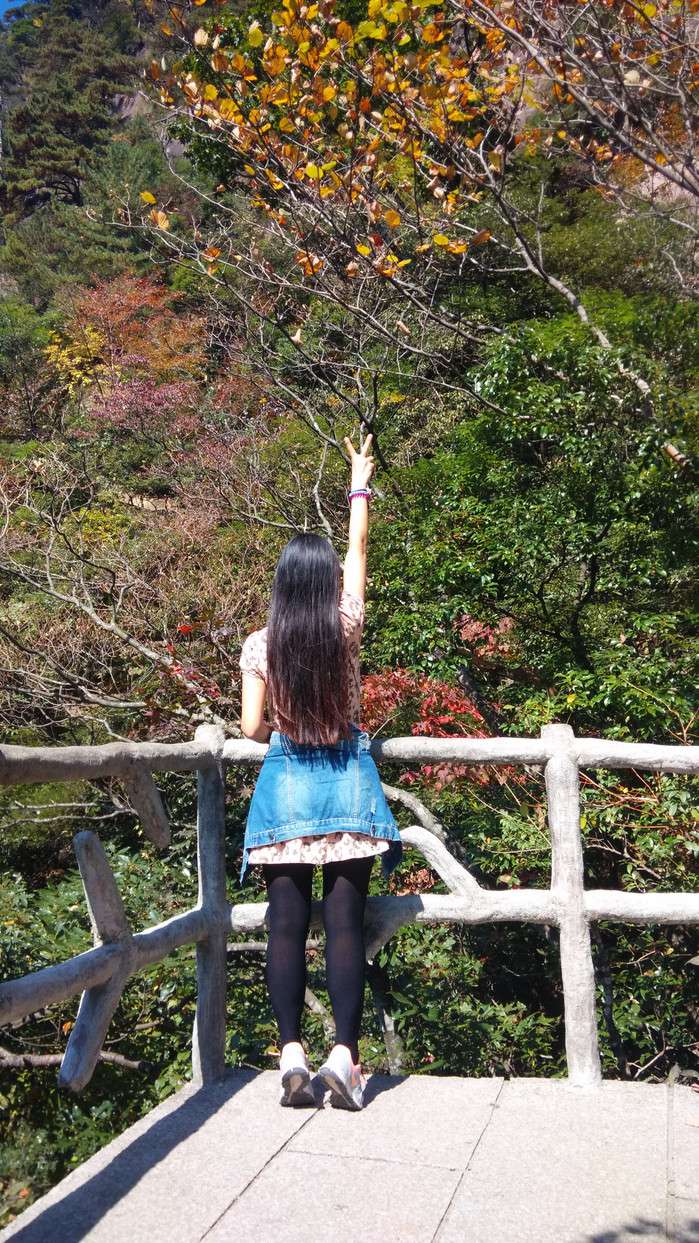December 17,2022 Post by :Ruoshui Chen
The unique charm of Mount Tai, the first of the five mountainsMount Tai is the first of the five mountains in China, located in the middle of Shandong Province, between Jinan, Changqing, Feicheng and Tai'an. Its southern foot begins in Tai'an City and its northern foot ends in Jinan City. Mount Tai is one of the first national scenic spots in China. It is also a natural museum of art and history. Mount Tai has many pines and cypresses, which make it more solemn, majestic and lush; There are many streams and springs, so there is no lack of smart and lingering. The misty and changeable clouds make it mysterious and abstruse. It has beautiful foothills, quiet secluded areas, open open areas, illusory wonderful areas and abstruse areas; There are also ten natural wonders, such as the rising sun, the sea of clouds and jade plate, the sunset, the golden belt of the Yellow River, and ten natural landscapes, such as Songtao in Shiwu, Jueqi in duisong, jingshe in Taoyuan and Shengjing in Lingyan. The layout of the cultural landscape focuses on SheShou mountain, Haoli Mountain and Yuhuangding in the southwest of Taicheng, forming a triple space of "hell", "human world" and "heaven".
Mount Tai, known as "the top of the five mountains", has long gone beyond the simple concept of landscape to become the symbol of the nation and the epitome of culture. Since ancient times, Mount Tai has been regarded as a symbol of national stability and prosperity. Both emperors, generals and literati admired Mount Tai and were proud of climbing it. For thousands of years, countless emperors have offered sacrifices to heaven, making it the "holy mountain" in the East. Mount Tai has beautiful foothills, quiet secluded areas, open open areas, illusory wonderful areas and profound arcane areas; There are also four natural wonders: rising sun, sea of clouds and jade plate, sunset, golden belt of the Yellow River, and ten natural landscapes: Songtao in Shiwu, Jueqi in duisong, jingshe in Taoyuan and Shengjing in Lingyan. There are more than 110 palaces, temples, pavilions, squares, buildings, pavilions, towers, bridges and other buildings. At the same time, it is also a treasure house of stone carving art. There are more than 2200 stone inscriptions in the mountain area. From the pre Qin Dynasty to the Republic of China, celebrity inscriptions can be seen everywhere. Because of this, it was listed in the world natural and cultural heritage list in 1987.
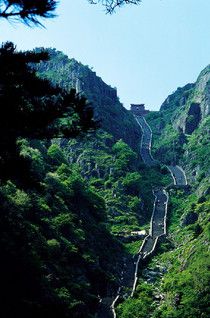
The Taishan Scenic Area
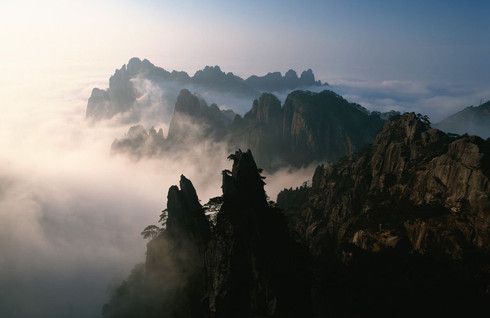
The Taishan Scenic Area
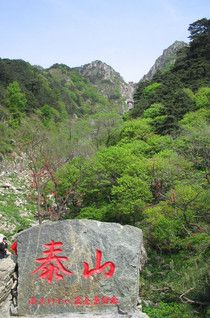
The Taishan Scenic Area
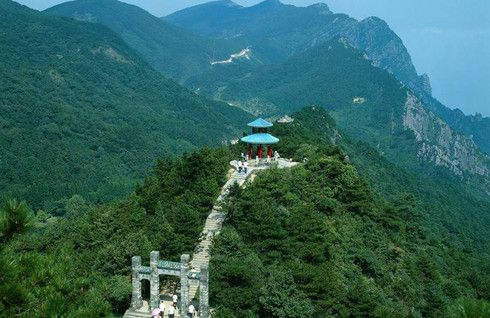
The Taishan Scenic Area
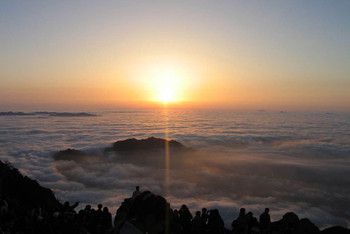
The Taishan Scenic Area
The Taishan Scenic Area
The south gate is located at the end of the 18th plate of Mount Tai. It is the top of the climbing path, where the two peaks stand side by side, as if the gate of heaven opened itself. Looking up from below is like a palace in the sky, so it is named after fairyland. Through the south gate is the top of Mount Tai, the mountaineering journey is officially completed. The lower level is an arched gate, with a stone plaque on it, the "Nantianmen", and couplets carved on both sides: "the gate opens up nine clouds, and the three-day scenic spot is on the back, and the steps are ten thousand, overlooking the wonders of a thousand peaks." Mocong Pavilion is built on the upper floor. The stone plaque on the door is "mocong Pavilion". The white ground is set off by gold and red walls. It is reflected with the yellow glazed tile top, which is more magnificent. To the north of the South Tianmen gate, there is a temple for the emperor. In the front porch, there is a monument for praising the statue of the emperor, which is carved on the Yin line. On both sides of the south gate and Guandi temple, there were three East and three West halls respectively. They were destroyed before the founding of the people's Republic of China and rebuilt in 1984 with the original wall foundation.
The Heavenly Southern Gate
The Heavenly Southern Gate
The Heavenly Southern Gate
The Heavenly Southern Gate
Highlights: 1. The top of Mount Tai, overlooking the great rivers and mountains, a list of small mountains. 2. The best place to watch the sunrise of Mount Tai. Yuhuangding is located in the north of bixiaci, formerly known as taipingding, also known as Tianzhu peak. The peak is named after the Yuhuang temple. It is the top of Mount Tai with an altitude of 1545 meters. It is magnificent and has the reputation of "the first mountain in the world". Yuhuang temple is located on the top of Yuhuang temple. It was called Taiqing palace and Yuhuang temple in ancient times. Its original construction date is now unknown. It was rebuilt in Chenghua period of Ming Dynasty. The main buildings are Yuhuang hall, Yingxu Pavilion, Wanghe Pavilion, dongxipeidian, etc. The East Pavilion is expected to see the rising sun in the East, while the West Pavilion is expected to see the two wonders of Mount Tai, the golden belt of the Yellow River. There is a bronze statue of the Jade Emperor in the temple of the Jade Emperor, and the plaque on the shrine is inscribed with "Chai Wang legacy", which indicates that the ancient emperors burnt firewood here to worship the gods of mountains and rivers. In front of the hall, there is a "top stone", which indicates that this place is the highest point of Mount Tai. The inscription of "Gudeng Fengtai" in the northwest of jidingshi proves that it was the place where emperors set up altars to worship heaven when they ascended Mount Tai. Yuhuangding is superior to the others. The pavilion stands on the top of the peak and looks around. It really has the feeling of "seeing all the mountains at a glance". Now, Yuhuangding has become an excellent place to climb Mount Tai and watch the sunrise. It is also a place for people to look at the great rivers and mountains of the motherland.
Peak of the Heavenly Emperor
Peak of the Heavenly Emperor
Peak of the Heavenly Emperor
Peak of the Heavenly Emperor
Dai Temple is located at the south foot of Mount Tai. It is the largest and most complete ancient architectural complex in Mount Tai. It is a Taoist shrine. It is the place where the emperors of all dynasties held the ceremony of offering sacrifices to the gods of Mount Tai. Together with the Forbidden City in Beijing, Sankong in Qufu, Shandong and Chengde summer resort, it is also known as the four ancient architectural complexes in China. Dai temple palace overlap, the atmosphere is myriad. Among them, Tianfu hall is the main building of Dai Temple, which is the sacred palace of Dongyue emperor. The temple is dedicated to the God of Mount Tai, the great emperor of Dongyue. On the north, East and west walls of Tianfu hall, there is a huge mural of the Song Dynasty, the picture of Mount Tai's God Qibi huiluan. The mural is more than 3 meters high and 62 meters long. It depicts the magnificent scene of Mount Tai God's tour. There are many kinds of people and horses in the painting, which are very rare in China. In the temple, there are two unique human landscapes in Mount Tai: Qin carved stone, also known as Lisi stele. This stone was made in 209 BC by Hu Hai, the second emperor of Qin Dynasty. It was carved in small seal script by Li Si, the prime minister. It has a history of more than 2200 years and is a rare treasure.
Dai Temple
Dai Temple
Dai Temple
Dai Temple
